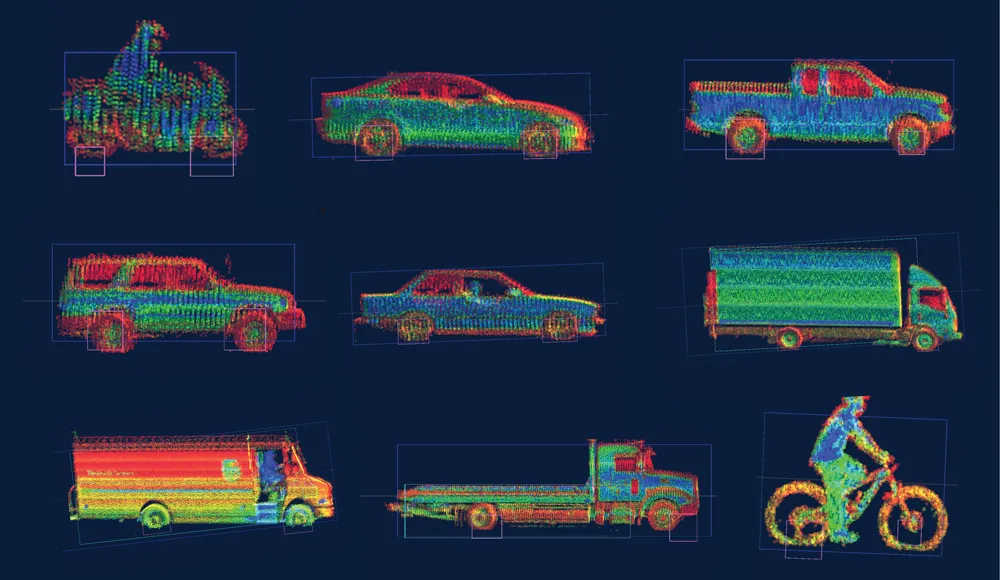LeddarTech has teamed up with Integrated Device Technology to jointly develop the LeddarCore LCA2 integrated circuits, a receiver IC which is a key element within an automotive LiDAR system. This newest generation of LeddarCore IC enables solid-state implementations of high-performance, low-cost automotive LiDARs, which are required for the mass-market deployment of semi-autonomous and autonomous vehicles.
As part of the agreement, IDT will leverage its expertise in component requirements analysis, archi
February 6, 2017
Read time: 2 mins
As part of the agreement, IDT will leverage its expertise in component requirements analysis, architecture, design, development, characterisation, qualification and transfer to manufacturing of the LCA2.
The LCA2 enables automotive OEMs and Tier-1 suppliers to develop and achieve the high-volume production of optimised 2D and 3D flash LiDARs using readily available optoelectronic technologies.
Solid-state LiDARs based on LeddarCore ICs can be customised and optimised for applications from advanced driving assistance applications to fully autonomous driving solutions. These small-size LiDAR systems can easily be integrated into standard automotive components such as front grill, bumpers, head lights and tail lights for a seamless design.









